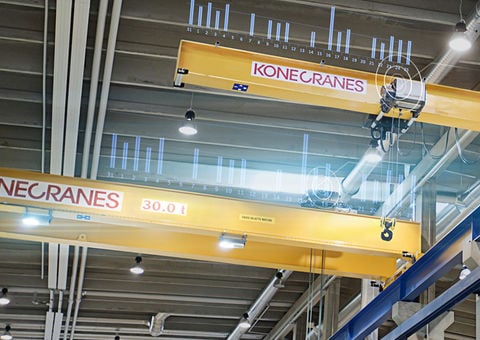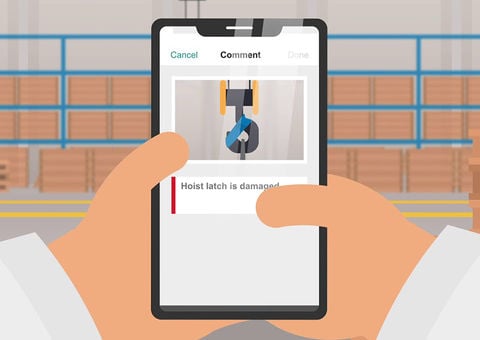Login
yourKONECRANES.COM
Access your crane usage data from TRUCONNECT and maintenance data and asset details from MAINMAN on yourKONECRANES.com. Our cloud-based customer portal gives you a transparent view of service events and activities over any selected time interval.
Login
The Crane Pro Parts STORE
The Crane Pro Parts STORE is your single online source for parts for all crane makes and models. Get access to quick parts ordering, pricing, inventory, lead times and manuals.


